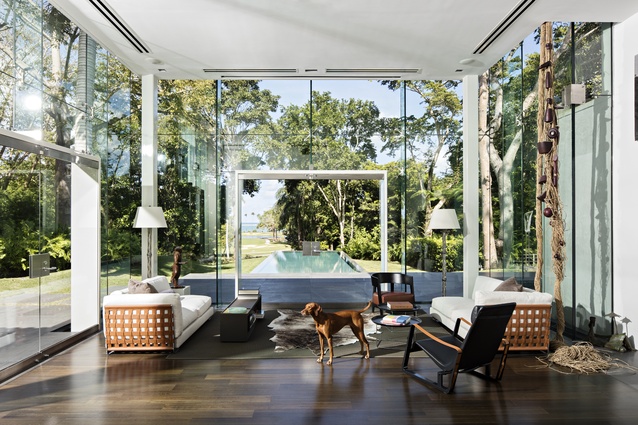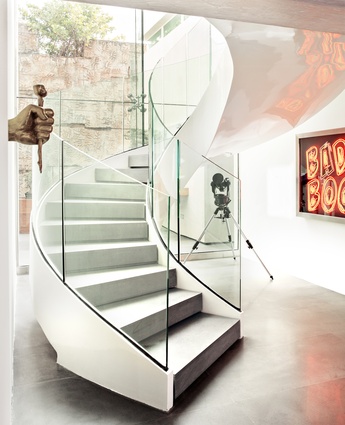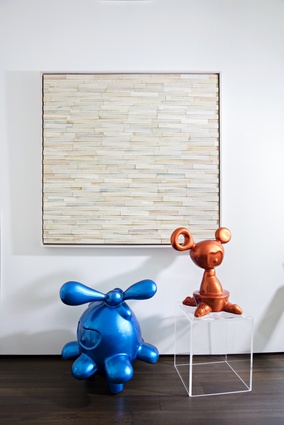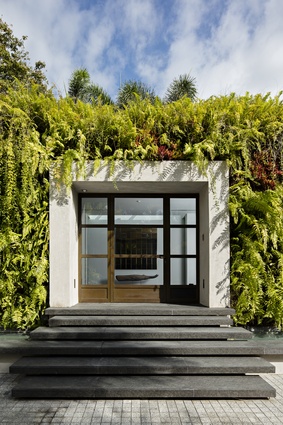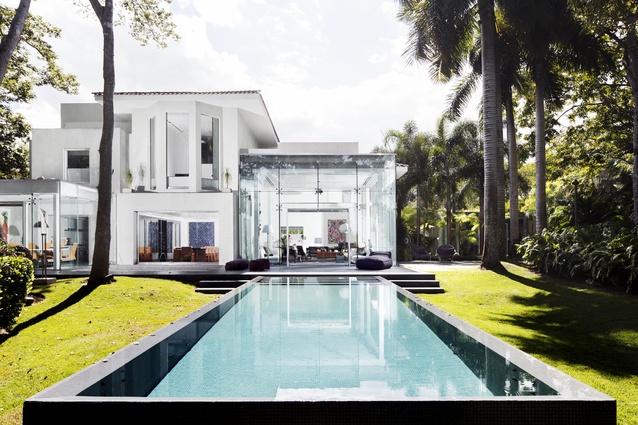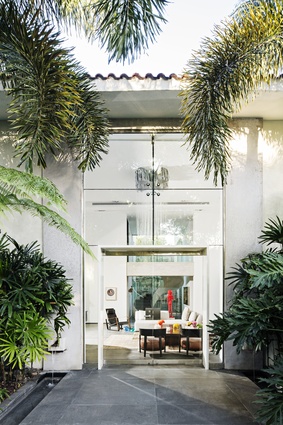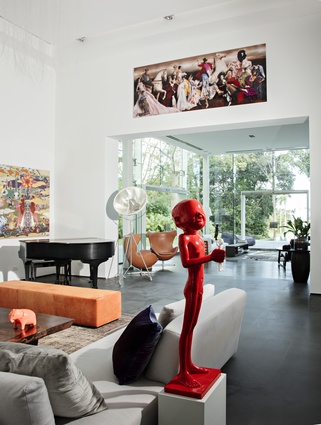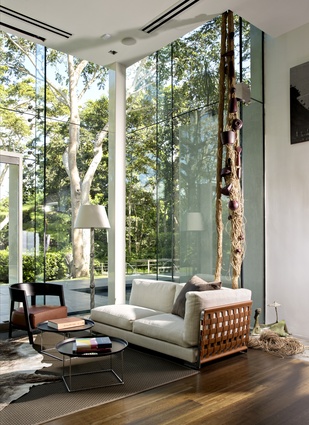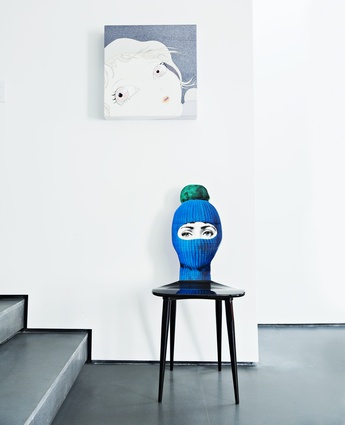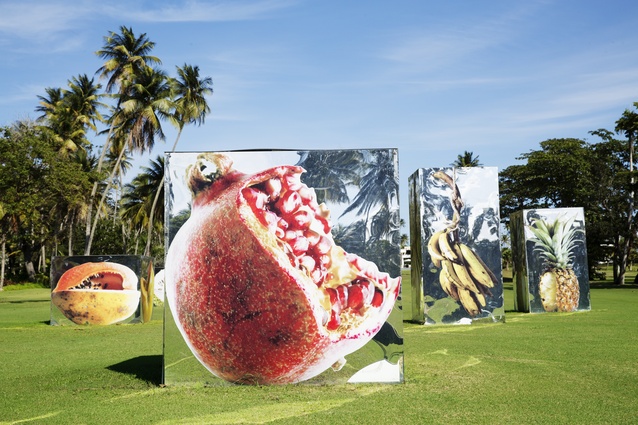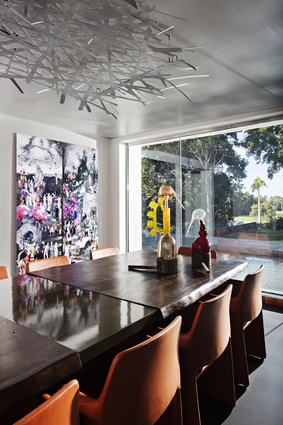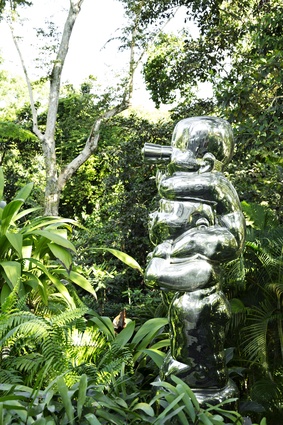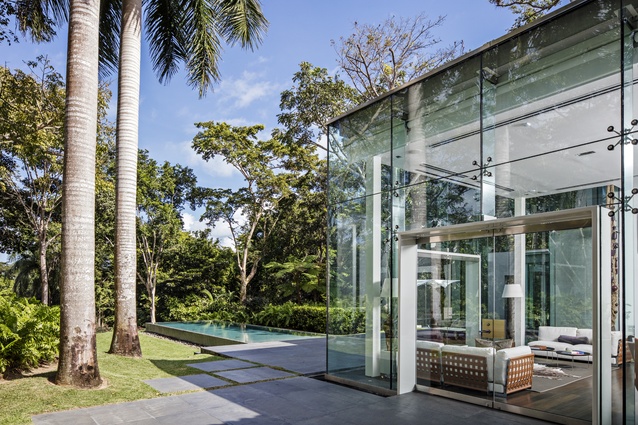The legend of El Dorado
El Dorado Beach in Puerto Rico is an idyllic area with an impressive pedigree.
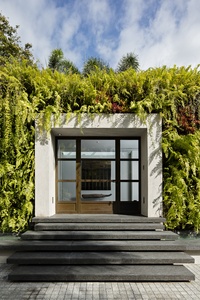
In the ’30s, it was little-known and accessible only to a handful of adventurers (Amelia Earhart spent the night here before her last, ill-fated flight). In the ’50s, one of the Rockefeller kids (Laurence) developed a major luxury hotel here and the venture is said to have paid off when, only a two-hour flight away, Fidel Castro and his fatigue-wearing comrades closed the borders to the party-seeking gringos.
The place became a watering hole for American jet-setters like John F Kennedy and Elizabeth Taylor. Yet, in the ’80s the enthusiasm faded in part due to government policies and in part due to rising interest in islands further east.
Fast-forward to the 2000s and the Stubbe family (along with other developers), reluctant to see their Puerto Rican oasis dry out, began an enormous project to bring El Dorado back to life. Golf courses, exclusive private schools and hospitals were built, ecological reserves were restored and a major resort company was brought in to manage some of the real estate.
In 2013, well over US$340 million later, El Dorado reopened to much fanfare and a significant and steady flow of glitterati, socialites and international media.
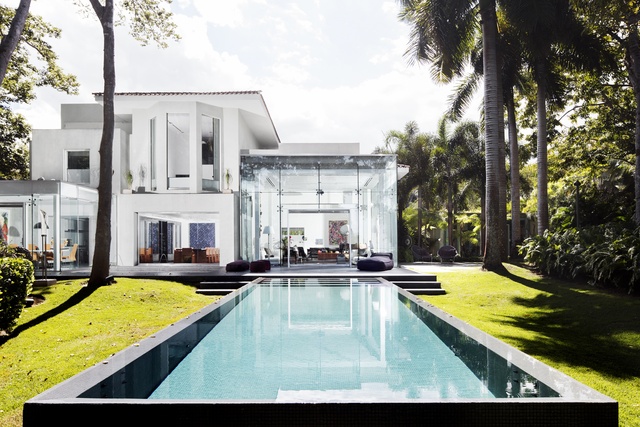
One of the chief masterminds behind the new enclave is Friedel Stubbe, a local developer who also built this, his own four-bedroom home, within the welcoming arms of the Caribbean.
“Friedel and [his wife] Carolina wanted a new space for a new life, a lot of space for art and enough space to entertain,” says Puerto Rican architect and designer Jean Pierre Santoni.
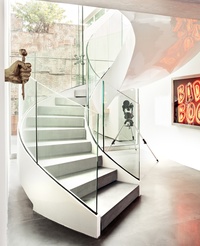
Given Carolina’s profession as an art gallerist, the interior was grounded by the need to provide ample exhibition space while still maintaining a connection to the picturesque surrounds.
“We knew from the beginning that their art collection was a very important element to consider, so we created the gallery foyer for a rotating collection and kept all the finishes very simple. Lighting was very important, so we specified a selection of Delta lighting fixtures to make meeting the ever-changing needs as flexible as possible,” says Santoni.
“We walked through the original structure and, on each space, we recommended to open up the windows and doors to the garden.”
Another crucial element was the introduction of a sculptural, spiral staircase – a challenge that, given Friedel’s original profession as an engineer, he is said to have relished, supervising every step of its construction.
While the interior is intrinsically stitched to the sandy paradise and the golf course next door, the space was not designed as a ‘getaway’. This is the couple’s permanent home and according to the designer: “We wanted a very relaxed elegant look; tropical but not ‘beachy’”.
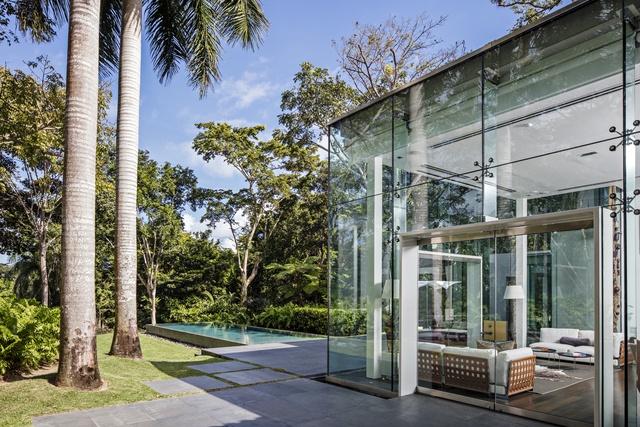
Relaxation and elegance were key drivers in as much as the place is part art gallery and part tropical paradise. “We selected all the finishes based on that premise; the grey stone floors will serve as a good background for the sculptures and the client will not mind having the dogs running around!” says Santoni.
The furnishings, mostly in soft tones and natural materials, were in keeping with a neutral backdrop for the (mostly) Asian, often daring and colourful artwork.
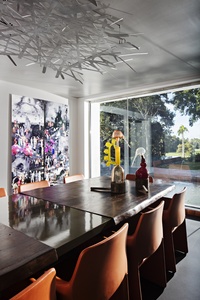
The introduction of glass boxes as one of the main architectural gestures was a daring undertaking given the climate of the region. Glazing, concrete and landscaped shade was crucial in ensuring cooler interiors as well as protecting the valuable art pieces.
To bring in a little spatial variety, the designers treated each private and public space differently: “The dining room feels like eating in a wine cellar that opens to the garden; Carolina’s office, while exposed and ever present, seems a world apart and private, even with two full glass walls,” according to Santoni.
So, regardless of the colourful historic context in which the home resides, regardless of impressive design and architectural solutions, one of its most significant accomplishments is its barefoot sense of luxury and the way in which it reflects the personality of its inhabitants.

